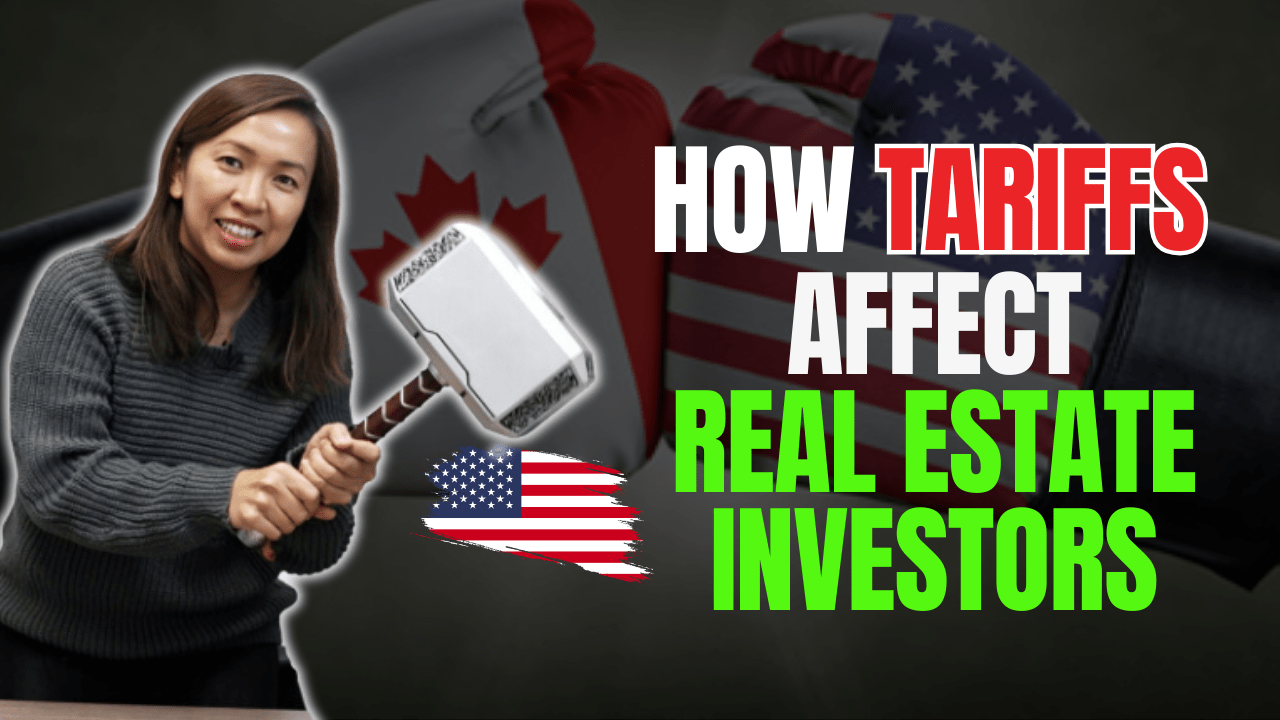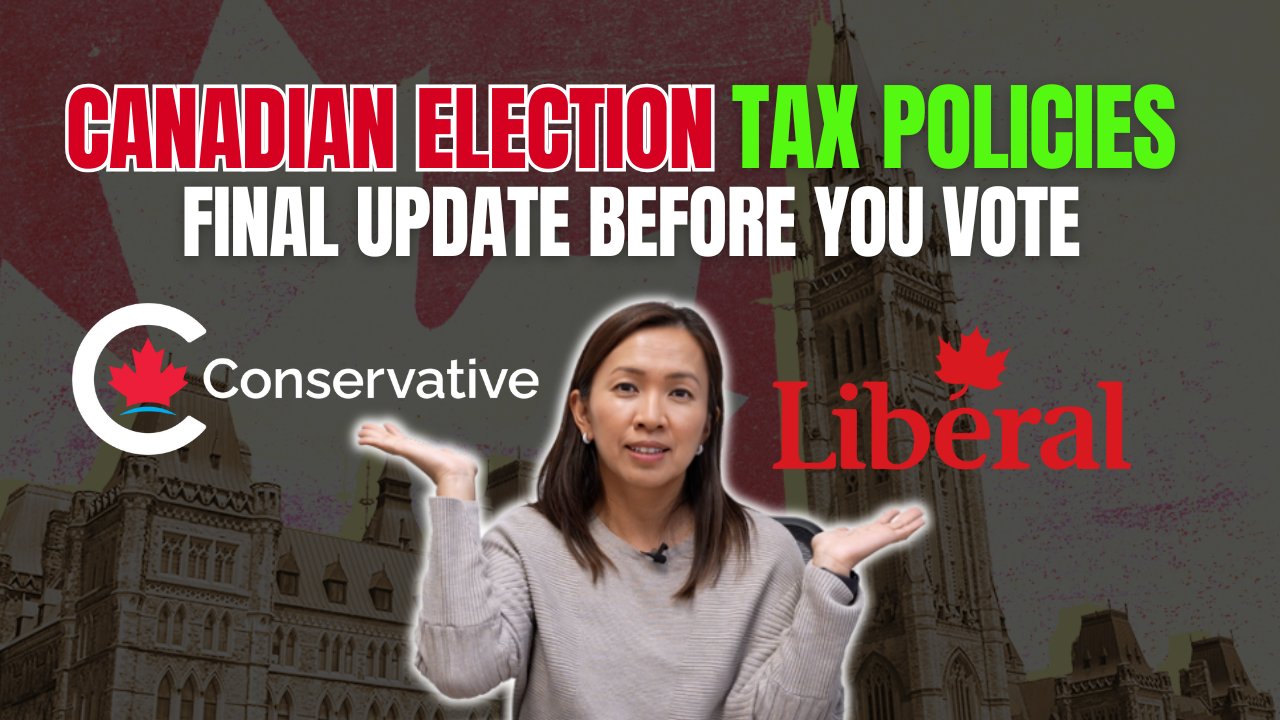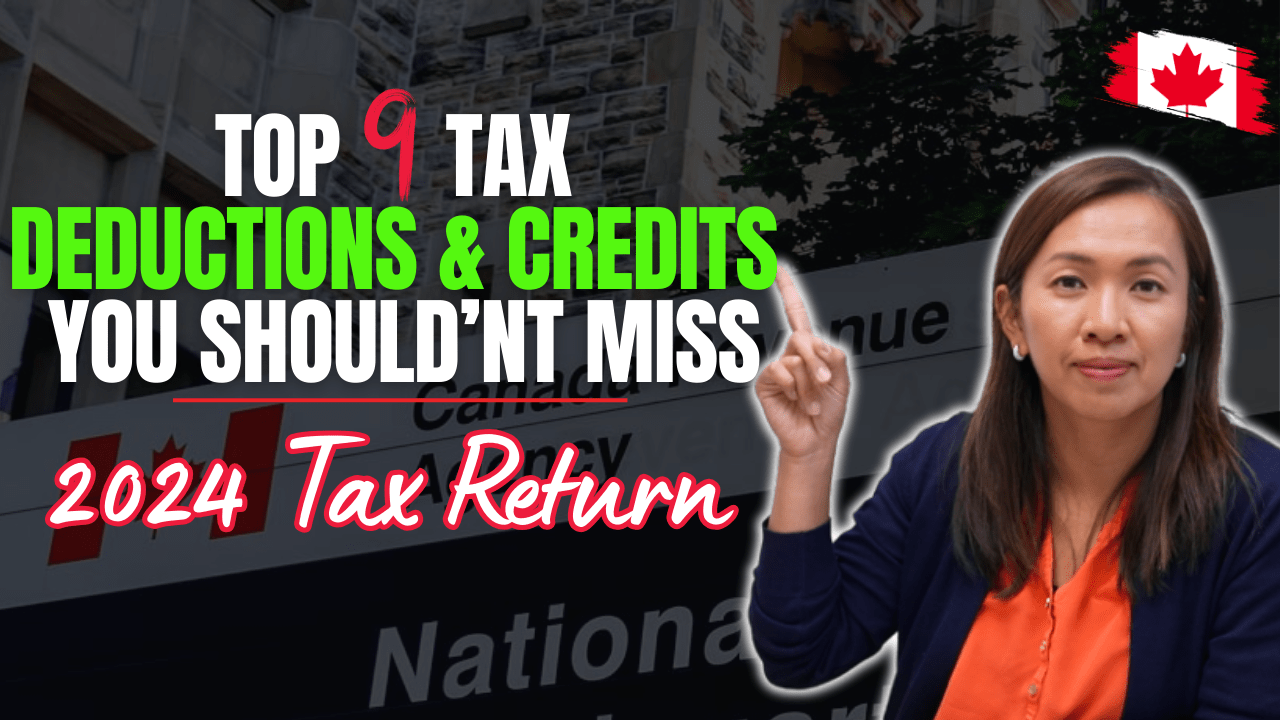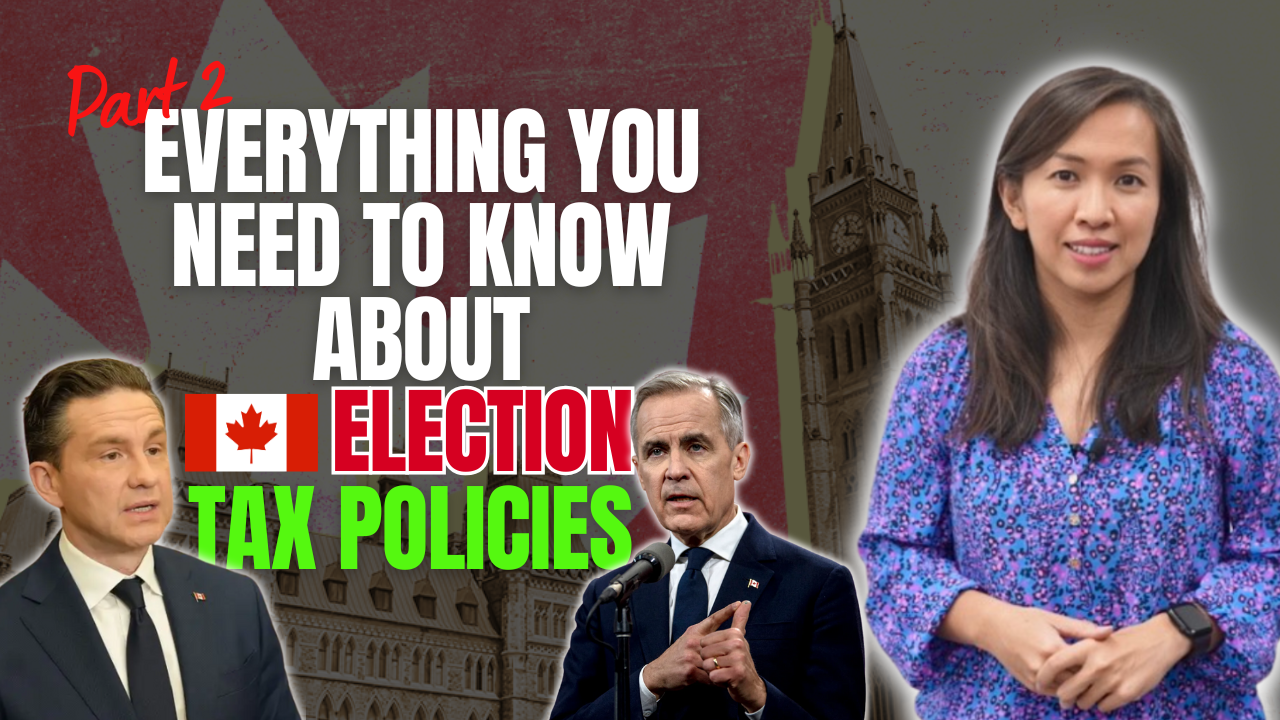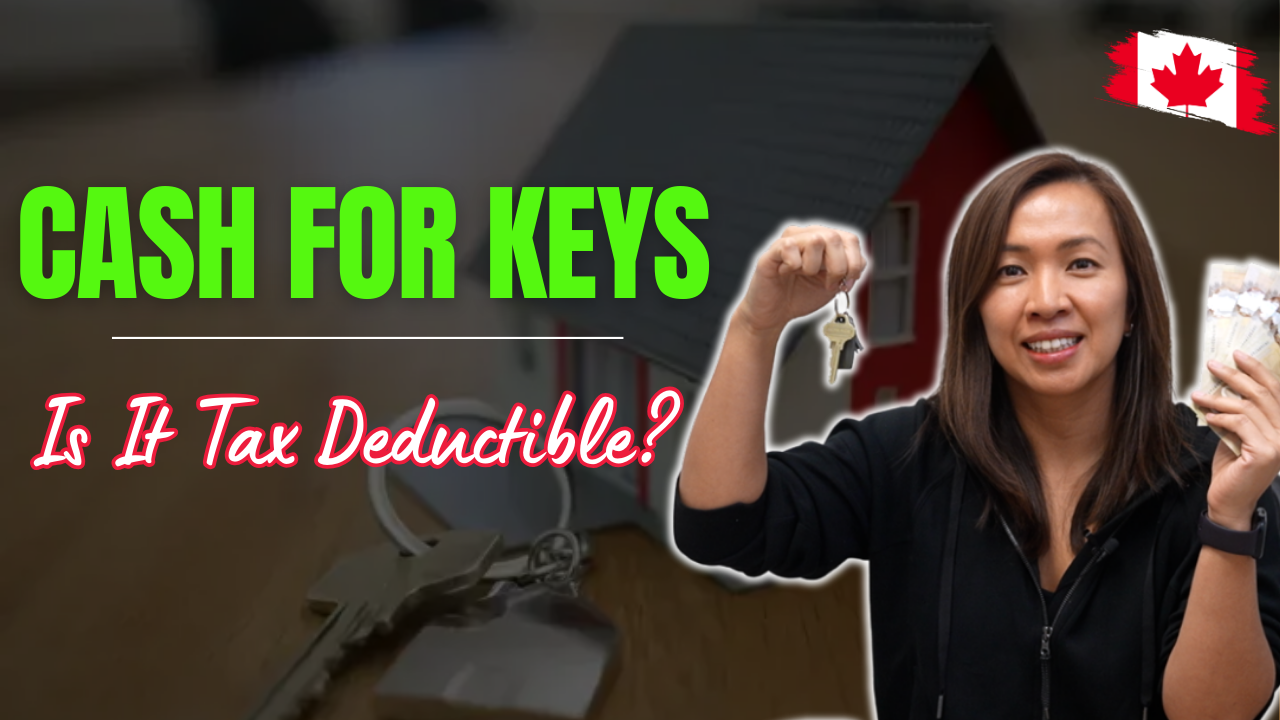Who benefits from tariffs? Who really pays the price? Today, we’re diving into tariffs—specifically, the new 25% tariffs US government is imposing on most Canadian goods and Canada’s 25% retaliatory tariffs against the U.S. goods, and what this means for real estate, home prices, and your wallet.
What Are Tariffs?
So first, what is a tariff?
A tariff is basically a tax on imported goods. If a country imposes a 25% tariff on a product, that means it becomes 25% more expensive when it crosses the border.
Let’s take an example: A $100 bag of groceries originated from the U.S. With a 25% tariff, that same bag now costs $125.
Now imagine this happening not just with groceries, but also with building materials, appliances, and furniture—things that directly affect Canadians everyday life, and also real estate!
Do Tariffs work?
But let’s take it a step further. Do tariffs actually help domestic industries, or do they just make everything more expensive? Let’s look at a real-world example from the Wall Street Journal—washing machines.
A few years ago, during Donald Trump’s first time, the U.S. imposed tariffs on imported washing machines to protect American manufacturers. The idea was that if foreign washing machines became more expensive, people would buy American-made ones instead.
But what actually happened? It did create jobs – 1,800 jobs from foreign companies opening plants in the US and collected $82M annually.
Before we get all excited about the effectiveness of tariffs, prices of ALL washing machines went up—whether they were imported or made in the U.S. The imported washing machines were more expensive because of the tariffs. This gives a reason to the local manufacturers to raise their prices as well to match what is charged by the imported machines.
As a matter of fact, they didn’t just raise prices on washing machines, they also raised prices on dryer.
In fact, studies showed that American consumers paid an extra $1.5 billion in higher prices!
So Americans collectively paid $815K to create the 1,800 jobs.
So, while tariffs were meant to protect local businesses, they ended up costing everyday consumers more.
The Big Picture – How Much Are Americans Paying in Tariffs?
The U.S. imports billions of dollars worth of goods from Canada, Mexico, and China every year. Under Trump’s plan:
- 25% tariffs on Canadian and Mexican goods.
- 10% tariffs on Chinese goods.
How Much Does This Actually Cost?
Here are the actual numbers:
- In 2024, the U.S. imported:
A 25% tariff on Canada and Mexico, plus a 35% tariff on China, means Americans are paying tens of billions more in extra taxes!
In my simple mind, I take $429 billion imported goods from Canada, multiply that by 25%, the Americans will be paying $107 billion on imported goods from Canada ALONE!
With 10% tariffs on Chinese imported goods, they will be paying $54 billions additional.
If the Washing Machine example applies across all the goods, the cost of living in America will rise dramatically. Yes, it will create some jobs, but America will also lose many jobs related to the production of all these imported goods.
But what about Canada?
Canada also relies heavily on U.S. imports. In 2024, Canada imported $435 billion worth of goods from the U.S.
In response to the America’s 25% tariffs, Canadian government announced retaliatory 25% tariffs on various U.S. goods.
With a 25% tariff on many of those products, Canadians will also be paying billions more.
In my simple mind, Canadians can pay as much as $109B annually towards this trade war. Of course, we, Canadians, will switch and adapt quickly. Signs of “Products of Canada” have already been popping up in grocery stores.
Impact on Canadian Real Estate
Now, let’s get to the real estate impact. Tariffs don’t just affect groceries—they hit housing, construction, and renovations hard.
A. Higher Construction Costs = Fewer New Homes
- Canada imports a large share of building materials from the U.S., like lumber, steel, aluminum, and appliances.
- A 25% tariff means higher costs, making new housing projects more expensive or even unprofitable.
- Result? Developers slow down or stop new projects, worsening the housing shortage.
B. Renovations Become More Expensive
- If you’re planning to renovate your home, expect higher prices for materials.
- Developers will pass these costs to buyers, meaning higher home prices overall.
C. Inflation + Higher Interest Rates = Tougher Mortgage Market
- Higher material costs contribute to inflation.
- The Bank of Canada might raise interest rates to control inflation.
- Higher interest rates = more expensive mortgages = fewer buyers.
D. Supply Chain Disruptions & Construction Delays
- Tariffs disrupt supply chains, causing delays in construction.
- Developers face longer waiting times and increased costs.
E. Regional Real Estate Markets Will React Differently
- Major cities like Toronto & Vancouver may see price increases due to supply shortages.
- Smaller cities & rural areas may see slower real estate activity due to affordability issues.
What’s Actually on the Tariff List?
So, what kinds of products are getting hit with tariffs? Let’s break it down:
🔹 Real Estate & Home-Related Items
- Plywood and wood products (essential for new builds & renovations)
- Household appliances (fridges, freezers, HVAC systems)
- Household plastics (kitchenware, pipes, and materials)
- Furniture (chairs, upholstery, home decor)
🔹 Grocery Items Affected
- Dairy products (cheese, yogurt, prepared meals)
- Snacks & drinks (coffee, maple syrup, candy, liquor)
- Condiments & sauces (ketchup, soy sauce, salad dressings)
What does this mean? More expensive groceries AND more expensive homes.
Conclusion
So, what’s the takeaway? Tariffs mean higher costs, fewer new builds, and possible real estate inflation. If you’re investing in real estate, this is something you need to watch closely.
Until next time, happy Canadian Real Estate Investing.
Cherry Chan, CPA, CA
Your Real Estate Accountant
